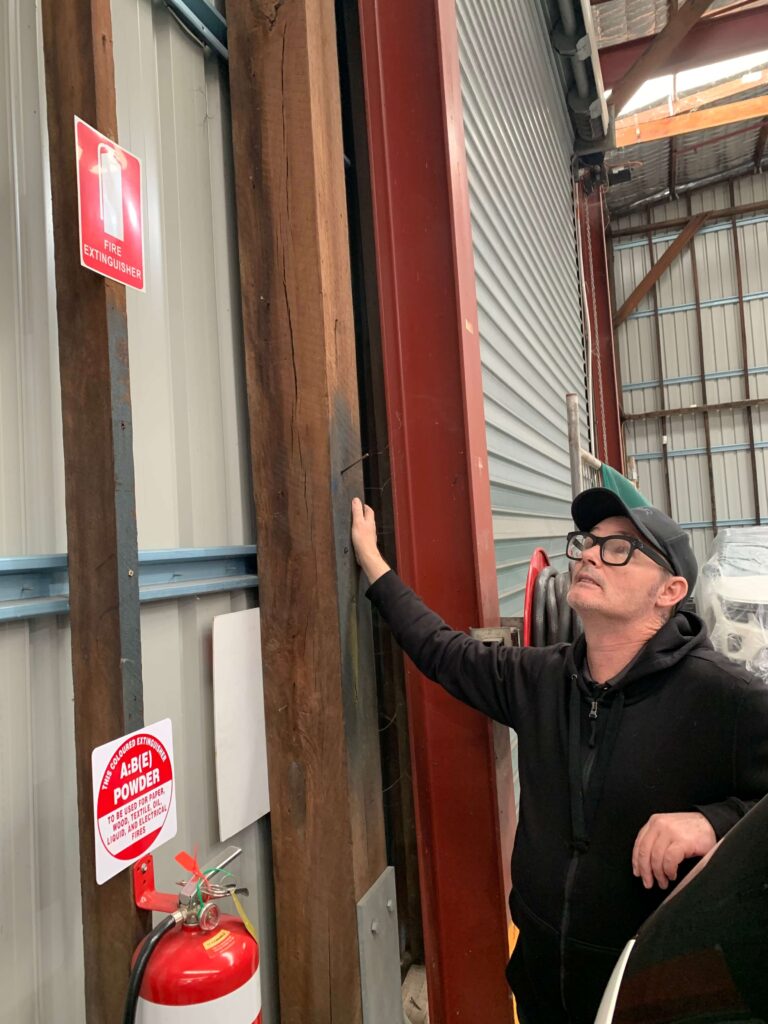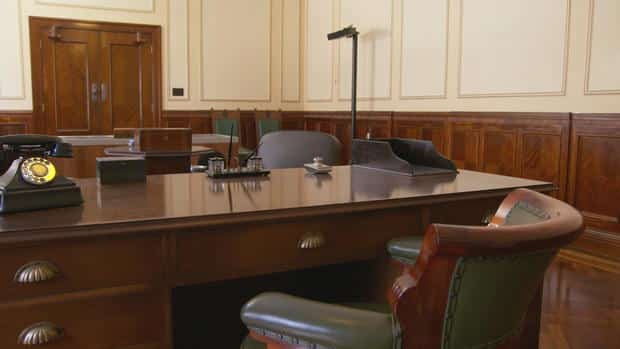We didn’t realise that for two years, we had been driving in and out of a part of Brisbane’s World War 2 history when Wood Central collected China’s GWM Haval Jolion SUV from the Motorsport Safety Rescue ‘hangar’ at Hedley Avenue Nundah near the Brisbane Airport this week.
Grabbing the keys for our test vehicle we asked Dom, MSR’s clever keeper of cars, about a half-hidden hardwood support post and beam holding up some of the roof structure.
“As far as I know the building was occupied by the US military during World War 2 when the entire suburb became a network of storage sheds for army vehicles and munitions,” he offered.
“Timber is all over the place here,” he said.
Some digging found most of the buildings where originally wool stores which were leased from the Australian government by US authorities.

On December 26, 1941 – 19 days after the Japanese attack on Pearl Harbour – the American ‘Pensacola Convoy’ arrived in Brisbane as the war in the Pacific began.
Storage preparations were soon underway with Class II supplies (weapons and other basic equipment) stored in the former wool stores at Nundah and in the yard of a local school.
On February 19, 1942, Company A, 72nd Quartermaster Battalion (LM) disembarked from a ship at Bretts Wharf to take on the job of warehousing and distributing supplies.
The sheds stored cargo from Liberty ships built at shipyards along the US Atlantic, Pacific and Gulf coasts.
They unloaded at Brett’s Wharf nearby and the cargo was transported to Nundah where they were flown out to Pacific bases as needed.
Each building had large wooden support posts and beams, a mixture of the so-called ‘royal species’ – blackbutt, ironbark, crow’s ash and satinay – drawn from a wide area that included Maryborough, Fraser Island and the South Burnett in Queensland down to Coffs Harbour and Dorrigo in NSW.
Each of the sheds had a floor area of 2503 square metre laid with random timber species, in fact, any species that could be found, to be replaced many years later with concrete slabs.
Large windows measuring 1800 x 1000 near the roof were framed in northern silky oak, while other joinery, such as doors and steps, included lots of hoop pine.
The Port of Brisbane was important to the Allies; it was used for General Douglas MacArthur’s southwest Pacific headquarters, from which he managed the one million US troops that passed through Australia.
His office was in the AMP Building (now called MacArthur Central) on the corner of Queen and Edward Streets in the city.

The display houses the general’s office faithfully restored to its original splendour, the table around which the war plans were made and displays of what World War 2 meant to the people of Brisbane.
The museum, as well as the war effort, includes topics such as war brides; the so-called Brisbane War, a night when the Aussie boys took on the Yank soldiers who they reckoned were taking their women (“they’re over-sexed and they’re over here”); schools that closed until slit trenches were built around playgrounds to make them safe from air attack; rail transport; and even how Vegemite was sent to the troops “to keep them strong”.
- Jim Bowden was a member of the original Douglas MacArthur restoration committee that outfitted the MacArthur Museum on the 8th floor of the building.






